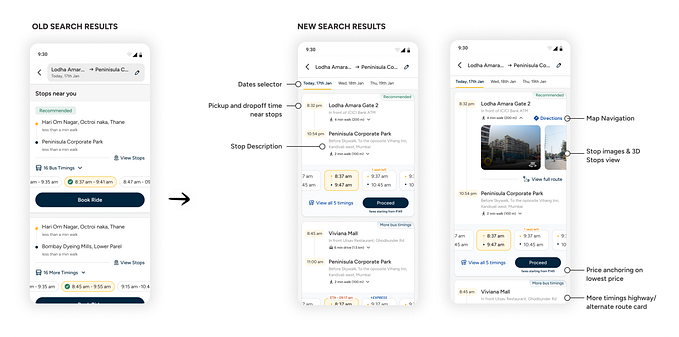Member-only story
How to Conduct Heuristic Evaluation
With free templates for UX specialist
If you are a sophisticated UX designer, feel free to skip. I’m writing a hands-on story for junior-level UX designer.

What is a Heuristic Evaluation?
In short, heuristic evaluation is a method for helping UX specialist to evaluate user interface design.
And why heuristic? Heuristic is often used in Psychology and means any approach to problem solving or self-discovery that employs a practical method, not guaranteed to be optimal, perfect, or rational, but instead sufficient for reaching an immediate goal (defined by Wikipedia). I would like to point out, yes, heuristic evaluation is a practical method and for reaching an immediate goal.
Jakob Nielsen’s 10 Heuristic Evaluation
1. Visibility of system status
The system should always keep users informed about what is going on, through appropriate feedback within reasonable time.
2. Match between system and the real world
The system should speak the users’ language, with words, phrases and concepts familiar to the user, rather than system-oriented terms. Follow real-world conventions, making information appear in a natural and logical order.
3. User control and freedom
Users often choose system functions by mistake and will need a clearly marked “emergency exit” to leave the unwanted state without having to go through an extended dialogue. Support undo and redo.
4. Consistency and standards
Users should not have to wonder whether different words, situations, or actions mean the same thing.
5. Error prevention
Even better than good error messages is a careful design which prevents a problem from occurring in the first place. Either eliminate error-prone conditions or check for them and present users with a confirmation option before they commit to the action.










